Photos by Alessandro Gerelli
Story by staff
Last week Alessandro Gerelli sent us these photos from a small but interesting group of Isos gathered at the old Bresso plant on the occasion of the 50th anniversary of the introduction of the Iso Lele. Looking for additional information, I resorted to my copy of Winston Goodfellow’s book, ISORIVOLTA, The Men, the Machines,* published in 1995 by Giorgio Nada. It brought to mind the years that shook the world of the automobile as we knew it. The ten years of Iso cars, from 1963 to 1973, witnessed enormous changes in the industry, and the history of Iso is a chronicle of those times.
Winston expertly lays out the often-tragic account of the Iso factory, which under Renzo Rivolta had produced the Isetta in 1953-4 and a series of motorcycles which sold very well. Rivolta then went on to introduce the Chevy-engined Iso Rivolta GT in 1962. Initially, due to problems with the importer, U.S. sales were not what they had hoped for, and stressed out by the increasing debt, Renzo suddenly died in 1966, leaving his 25-year-old son Piero to run the company. Under Piero’s leadership, the firm continued to develop the existing Iso Grifo, introduced the Iso Rivolta S4 and the subsequent four door Iso Fidia. Eventually, about 800 examples of the Iso Rivolta GT were produced. By 1968 a replacement for the GT was needed, and the young Piero called on Bertone and Marcello Gandini to design the Iso Lele. The new car was named after Piero Rivolta’s wife Rachele (Lele is the diminutive). Since his wife had given him a daughter so he thought he’d give her something in return, he once said. But it would be the last car produced by the factory.
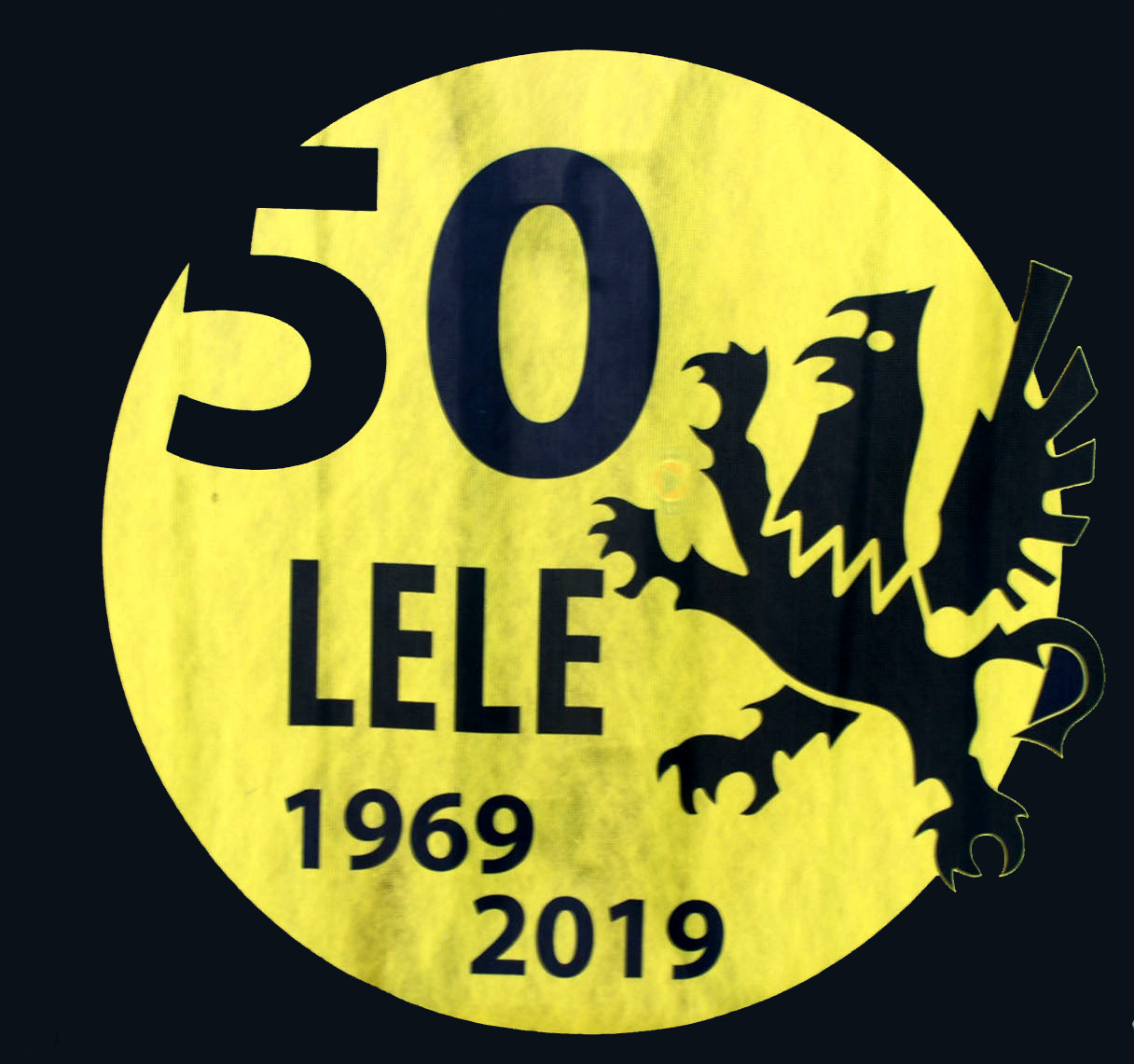
On September 21, 2019, enthusiasts of the Iso Lele celebrated its 50 year anniversary, gathering near what remains of the old ISO factory in Bresso near Milano, Italy.
By 1969, life was good but the company was still underfinanced. Piero decided to move the factory from Bresso to Varedo, which was actually a downsize but saved money. But he still lacked capital, until financier Ivo Pera came along and provided the much-needed funds to continue to grow. But Pera did not get along with Rivolta and forced him out of the company, and for the first time in decades the family-oriented Iso factory was not headed by a Rivolta. For both Piero and the employees, the sudden removal was devastating.
Then, in a series of events beyond anyone’s control, a perfect storm formed which would change everything. Expensive cars had become objects of derision in an Italy plagued by social unrest and strikes; in the U.S. the DOT EPA requirements made it almost impossible for small firms to comply with the new regulations, ending market opportunities in the States. In October of 1973 came the Arab oil embargo, which lasted to March of 1974 but had widespread effects that lasted much longer. Even Pera’s deep pockets couldn’t take the downturn and he was forced to close Iso in late 1974. It was not only the end for Iso but the end of an era.
With that in mind, we look at a variety of Isos seen at the old Iso factory at Bresso. Only four Leles were present, but the small event included several other Iso as well as an Isetta, and all the cars were in great condition. The event attracted many visitors who were enjoying the wonderful world of Iso.
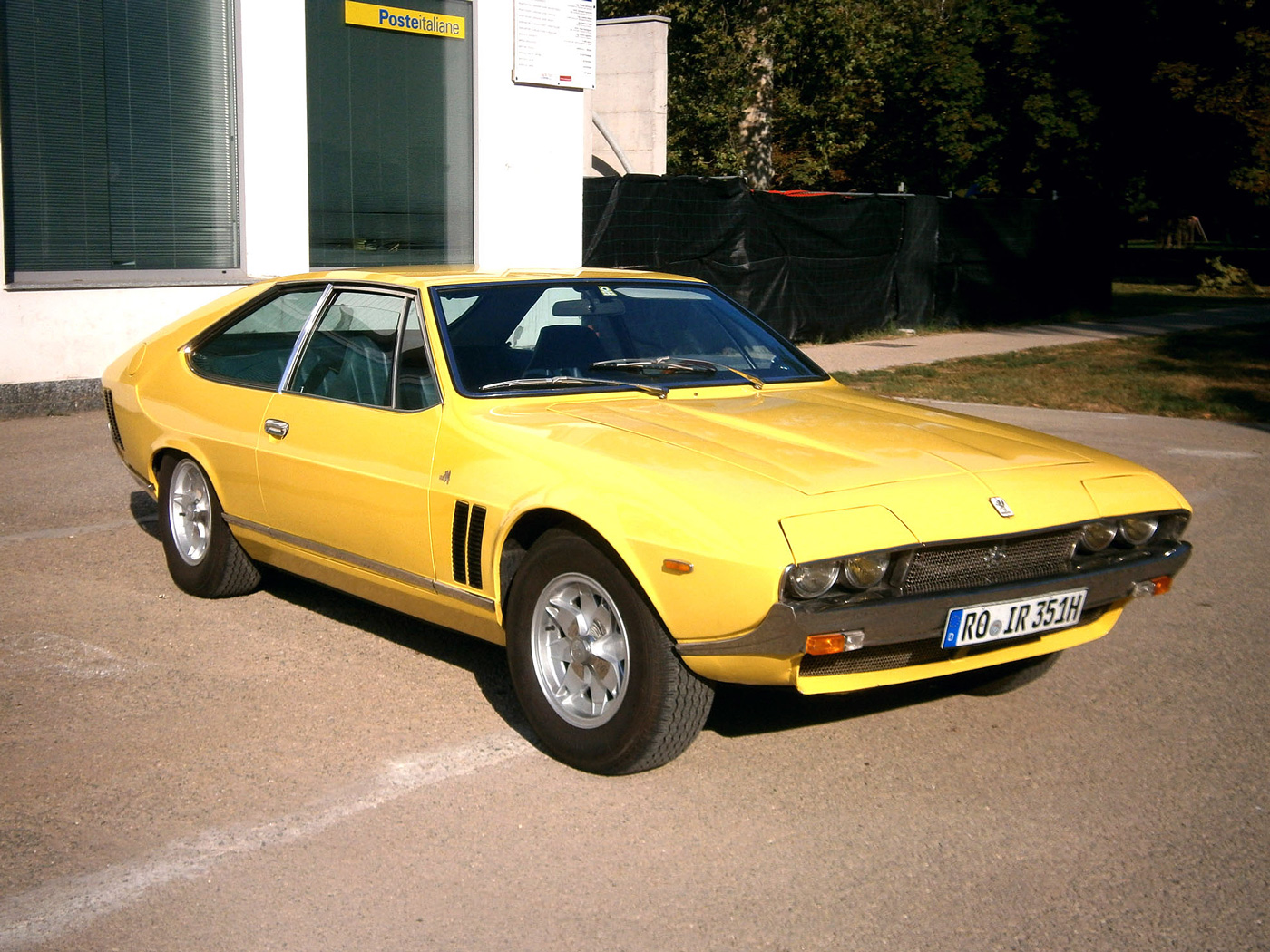
The Iso Lele was introduced in 1969 at the New York auto show. Production began in 1970 and continued until 1974 after approximately 285 cars were produced, including 20 of the Lele Sport and 5 special Marlboro cars.
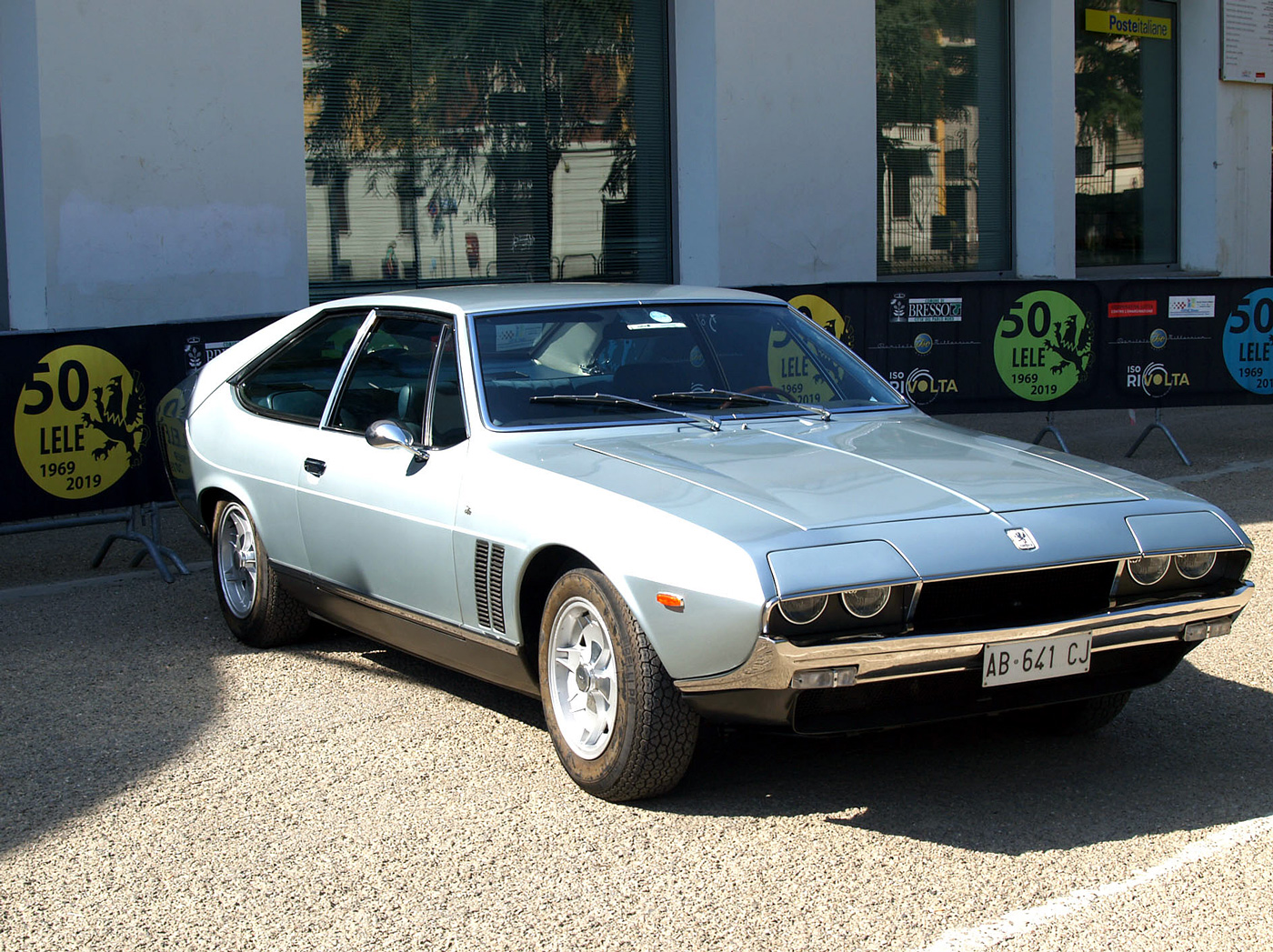
The Lele was styled by Gandini at Bertone. Gandini was never really happy with the finished product, yet over the years it has held up well and is still attractive 50 years on.
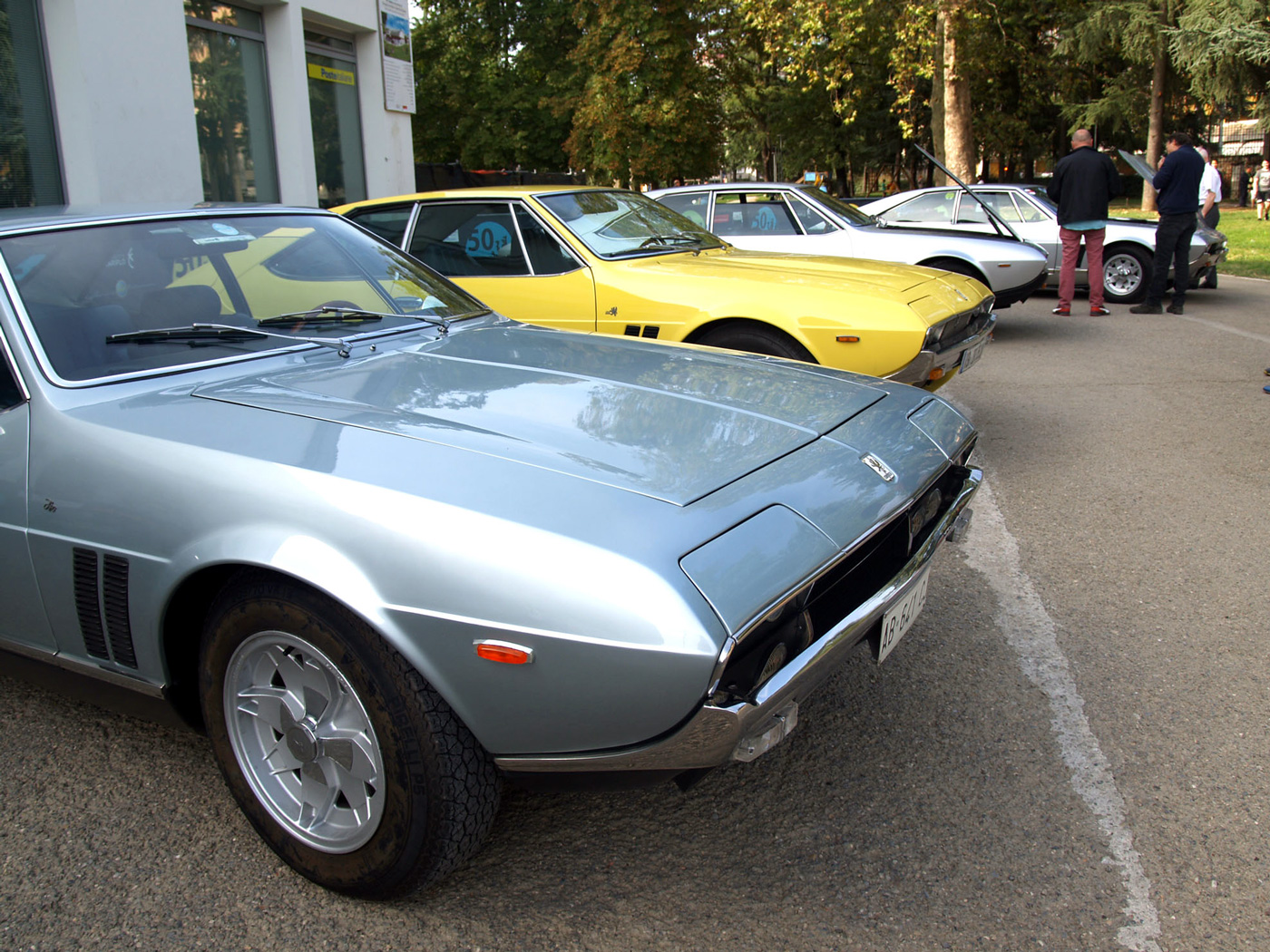
The Leles featured Alfa Montreal-like lids over half of the headlights. By 1970 though, U.S. safety regulations would severely hamper designers.
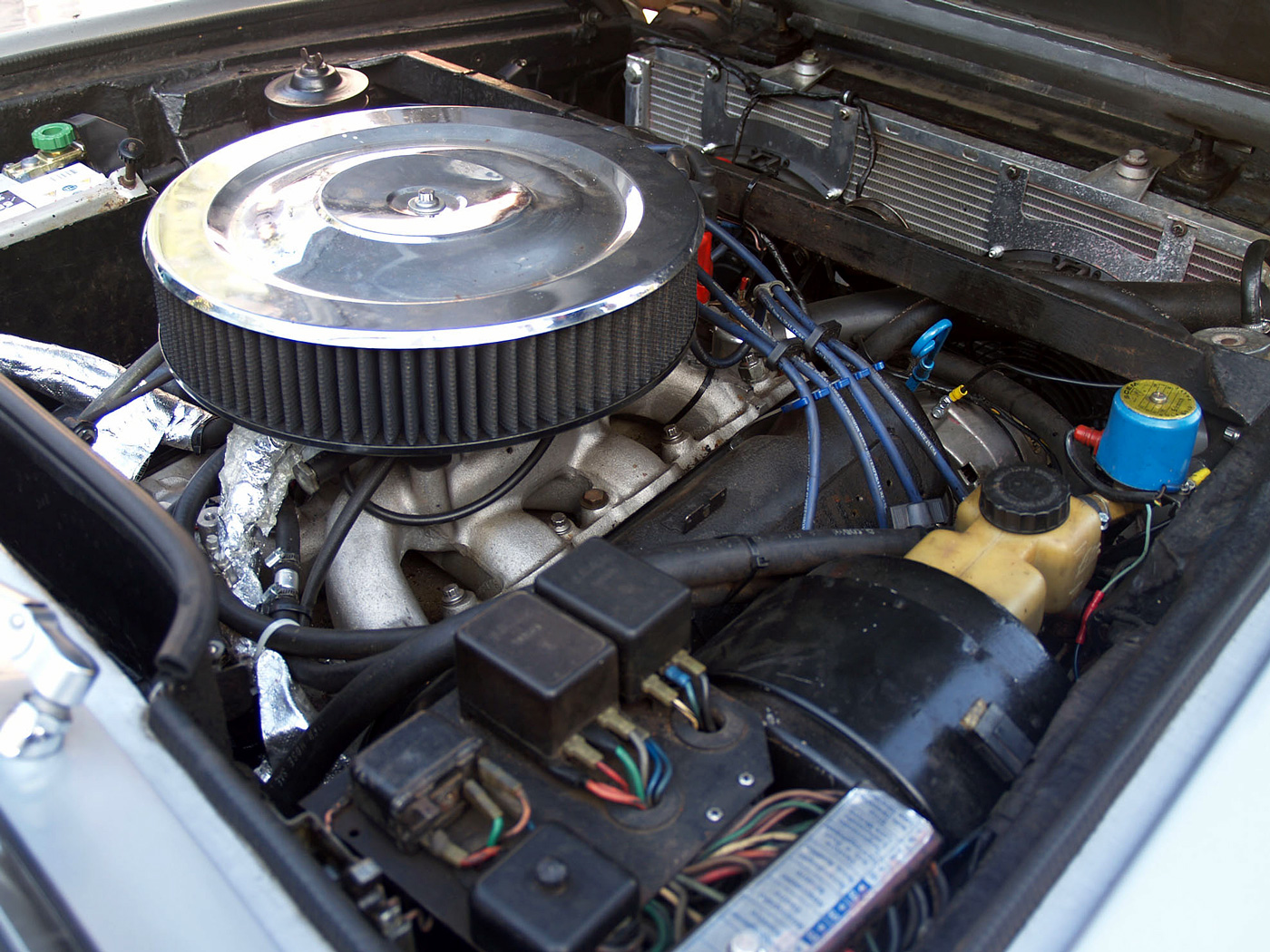
Leles were powered by both the 350 Chevy engine and the Ford 351 Cleveland. It is estimated that there were 125 with the Corvette 350 and 135 with the Ford 351.
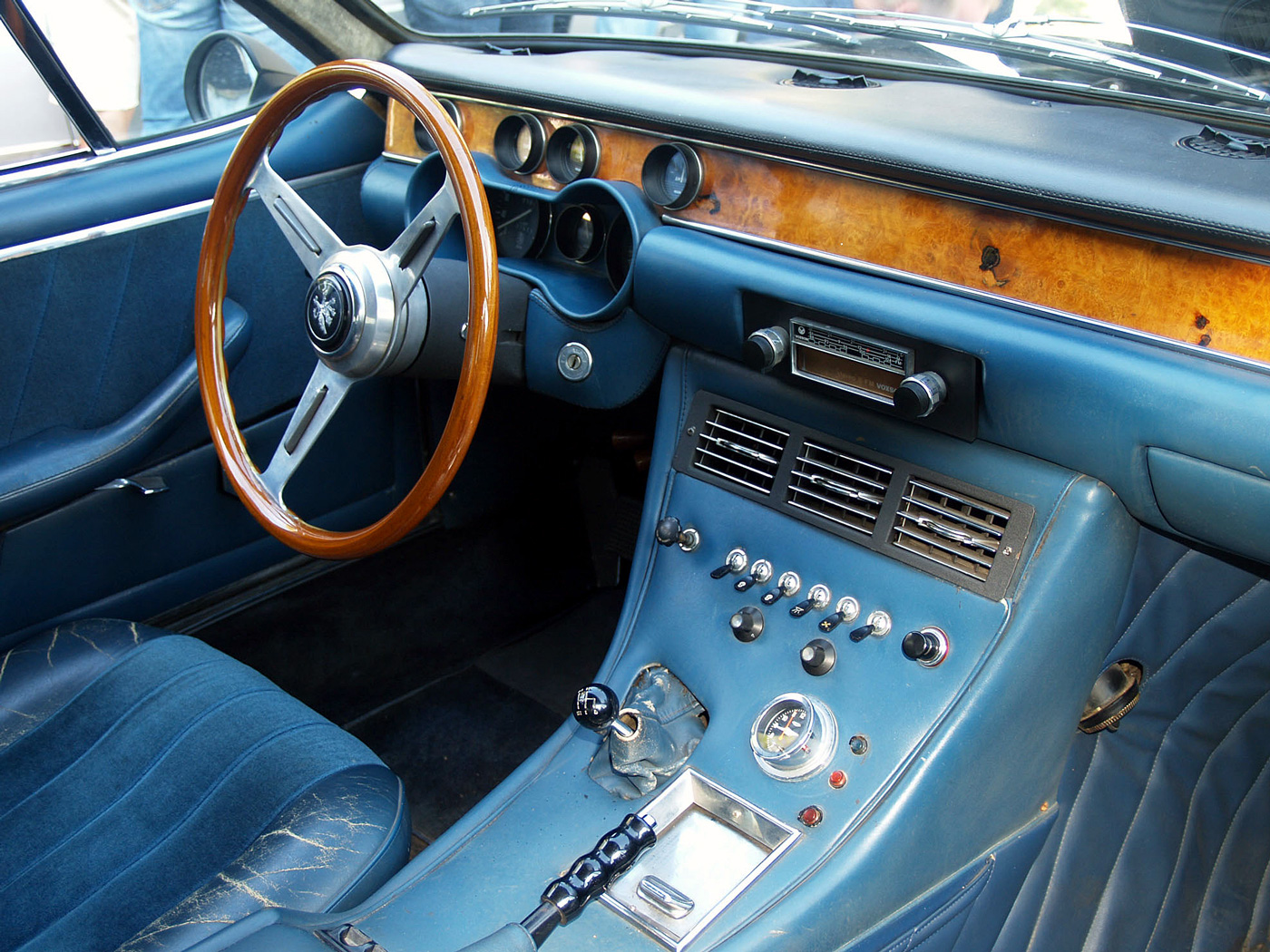
The Lele was offered with an automatic, the Borg Warner four speed transmission and the ZF five speed.
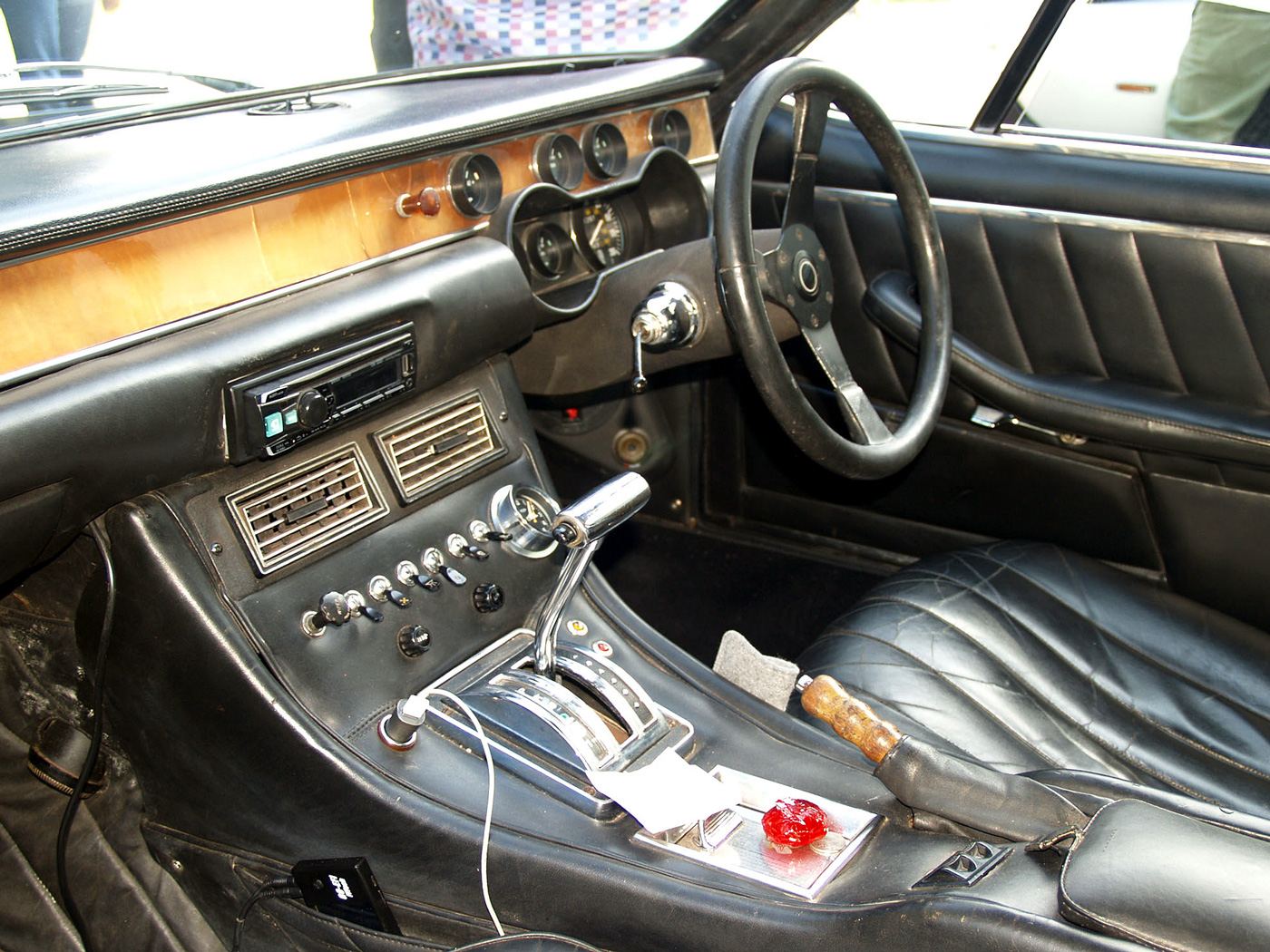
The interior as proposed by Gandini was moderated for the production version, restyled in a more conservative fashion.
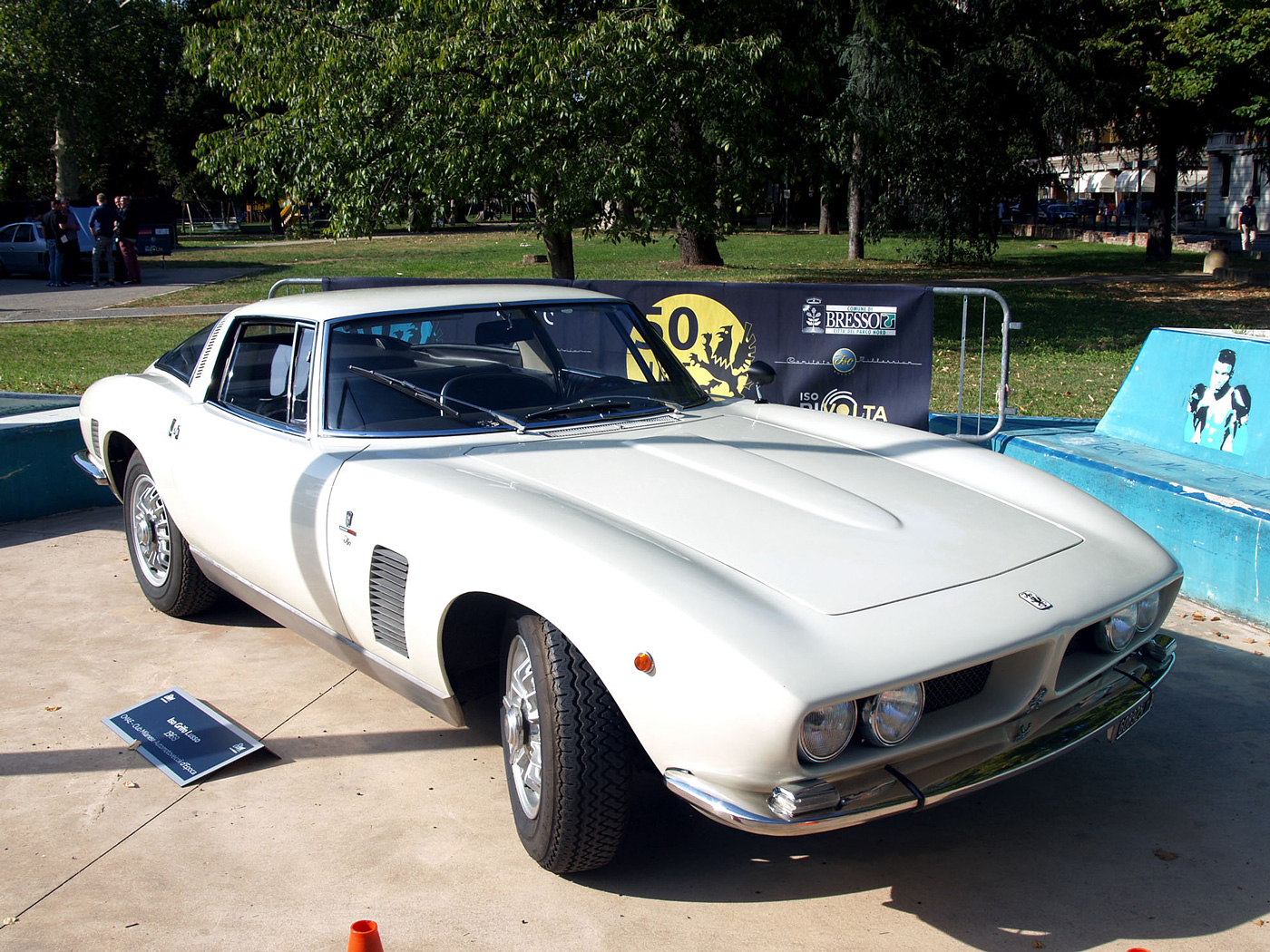
The Iso Grifo was built from 1963 to 1974, during which time over 400 were produced. The body was classic Giugiaro.
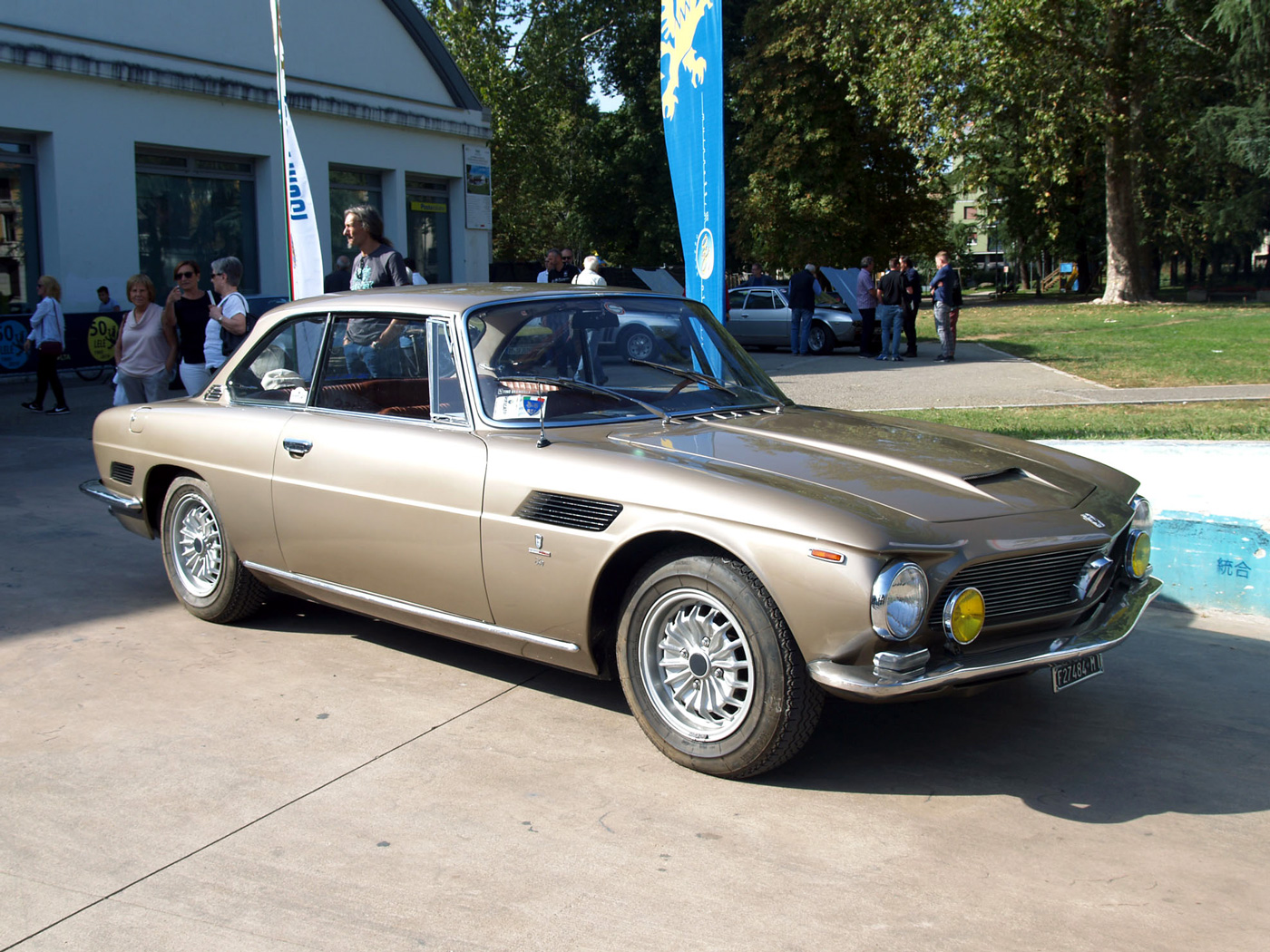
Iso Rivolta GT was supposed to be Renzo Rivolta’s exciting venture, but the Corvette engined car did not meet sales expectations at first. The company kept going though.
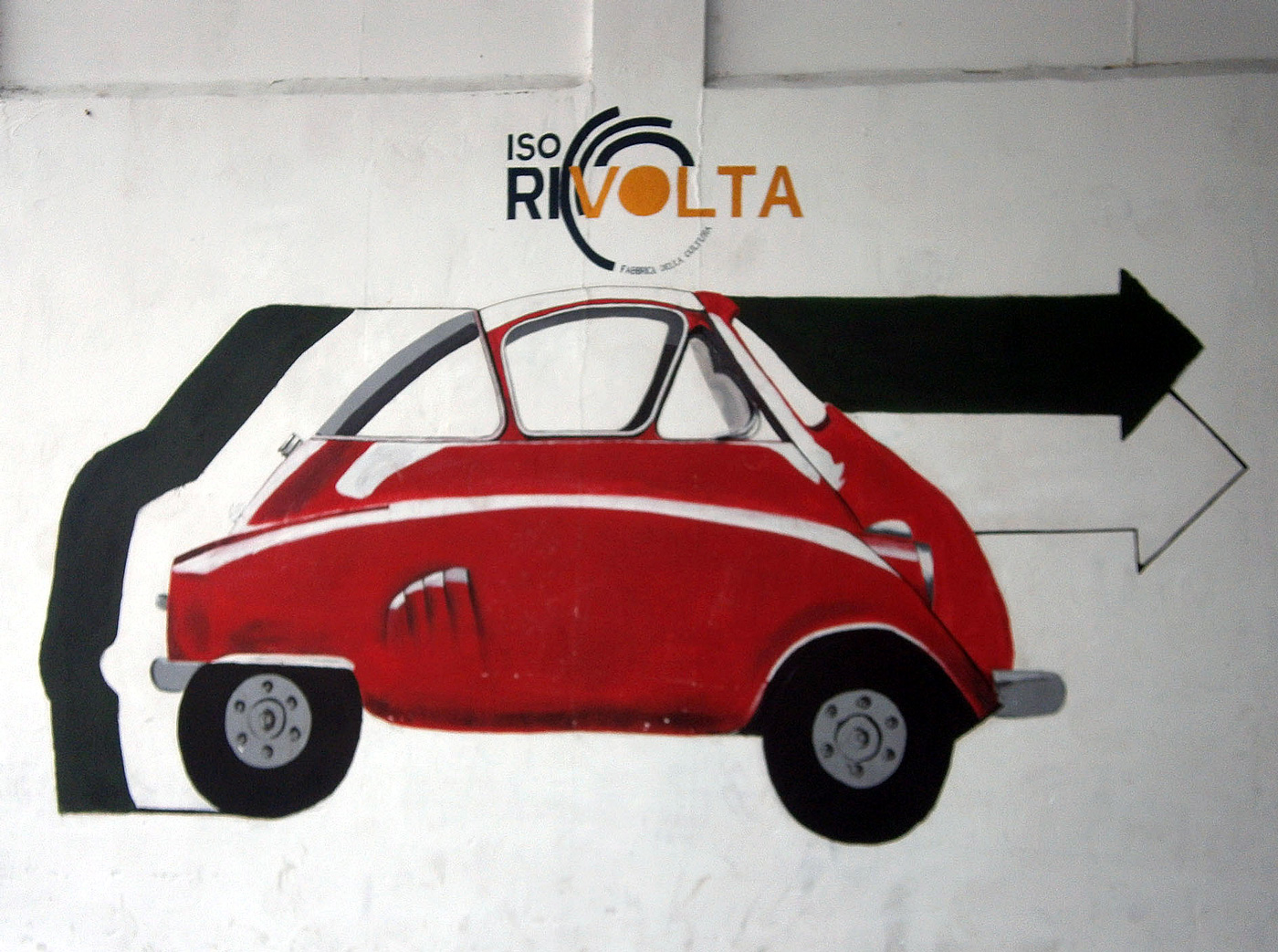
Isetta painting on factory wall. Only about 1500 Isettas were built in Italy, but about 200,000 were built under license by companies like BMW. The money rolled in.
*Goodfellow’s book was republished as paperback. Both hard bound and paperback copies can be found at Amazon.com.
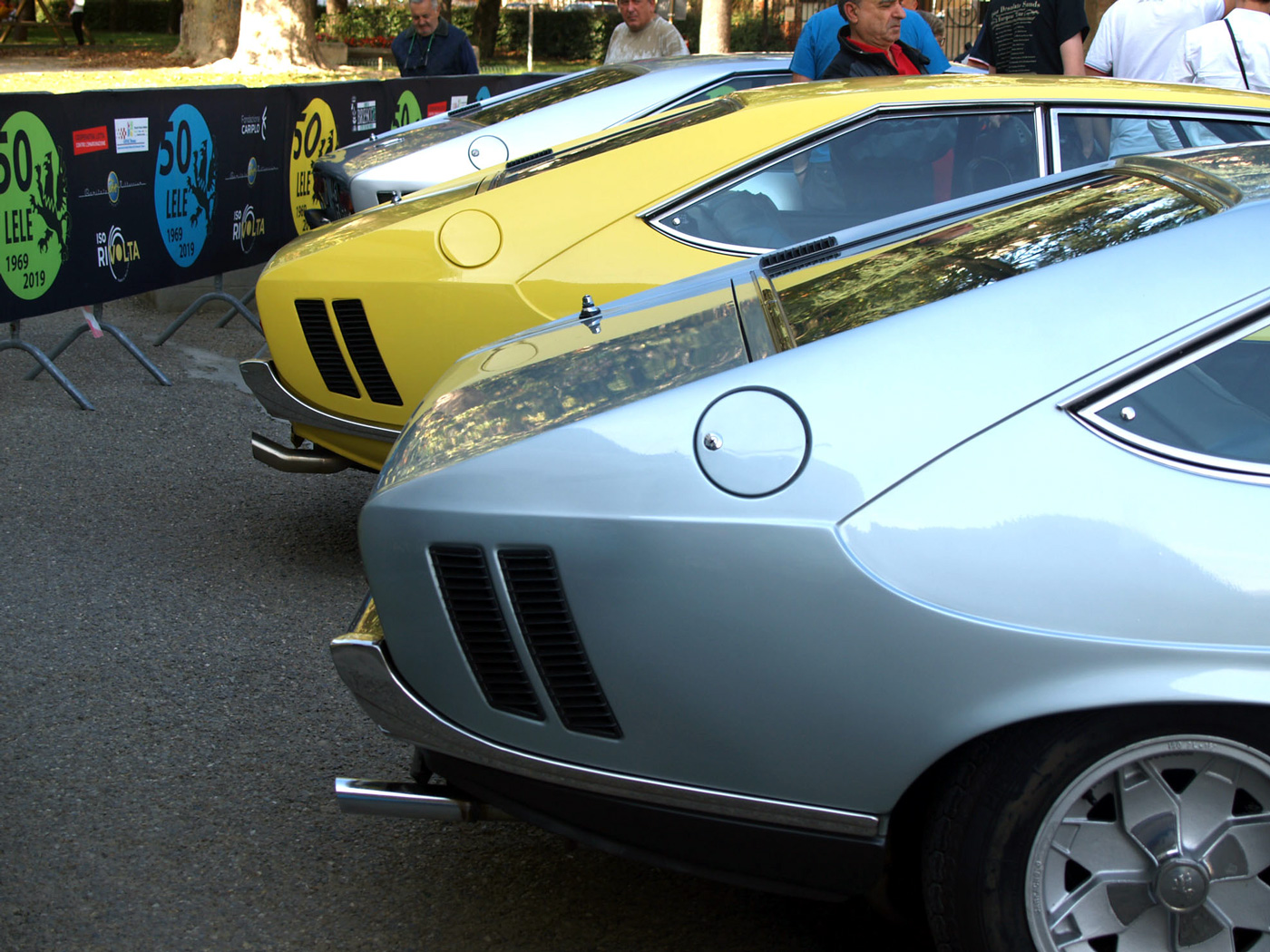
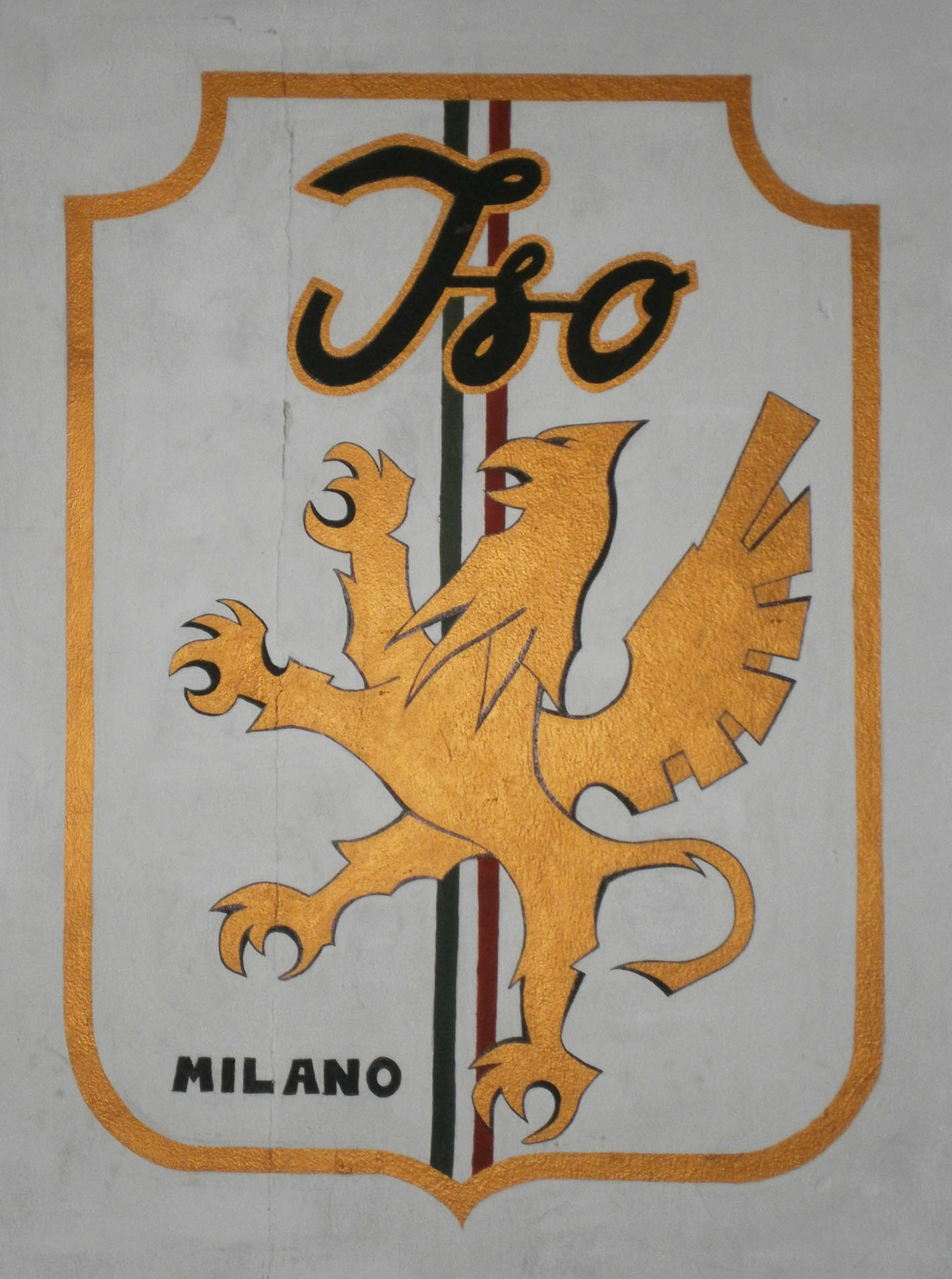
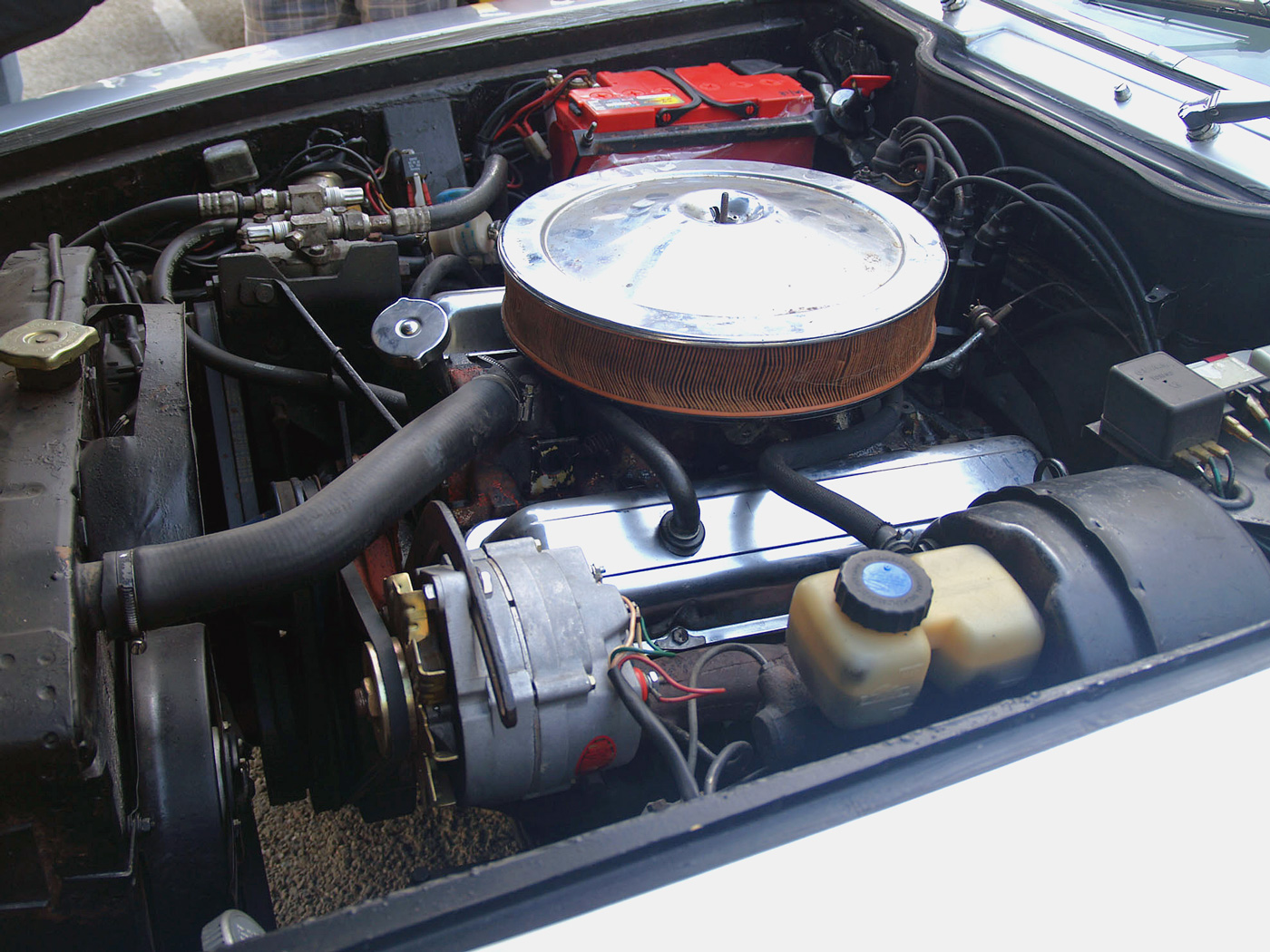
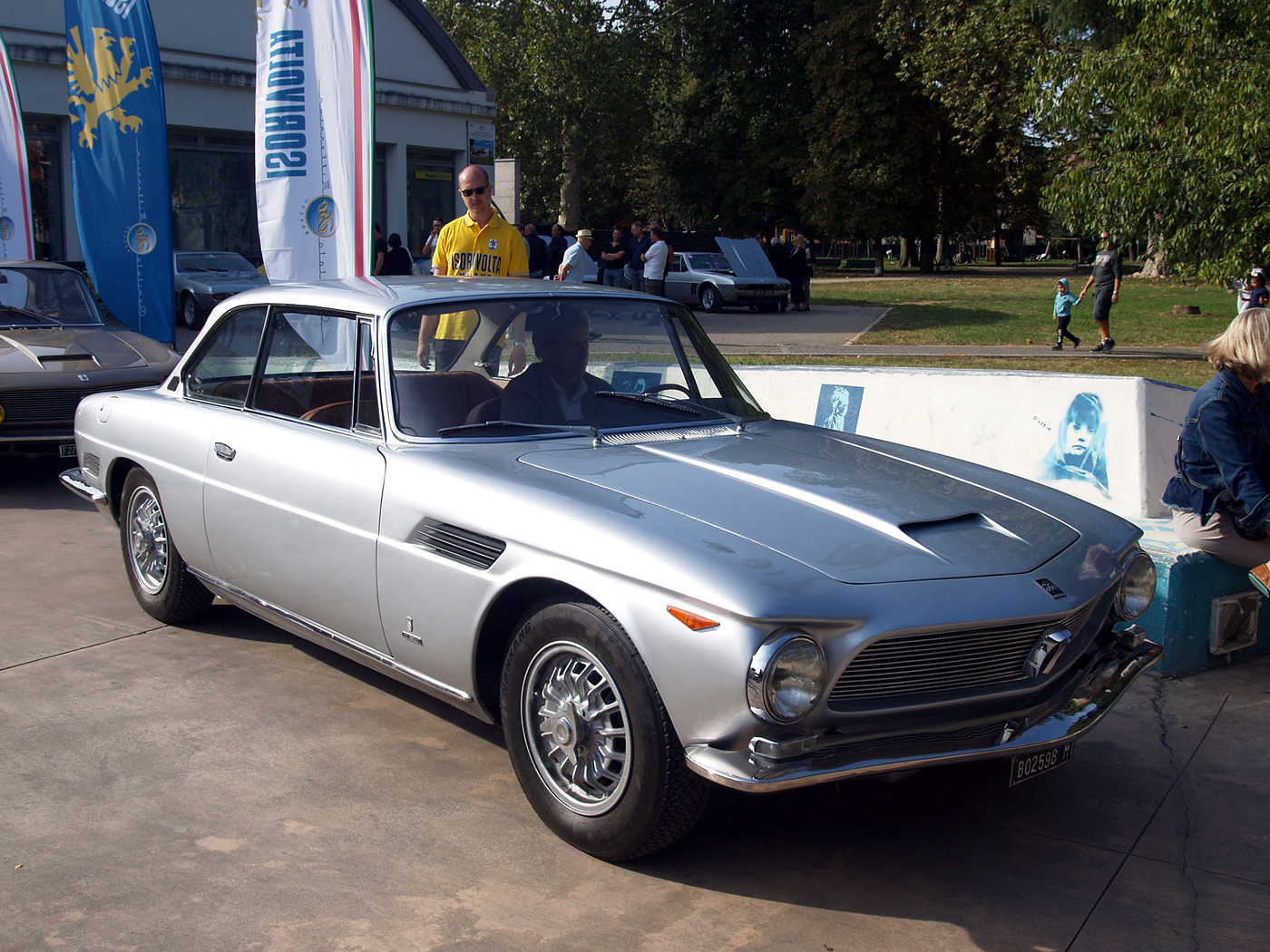
Loved the Rivolta model. Sadly, most of them rusted away here in the north east US
There are at least 6 known Leles under restoration in the UK alone. Of 48 Leles delivered to the UK there are believed to be 24 remaining in one state or another.